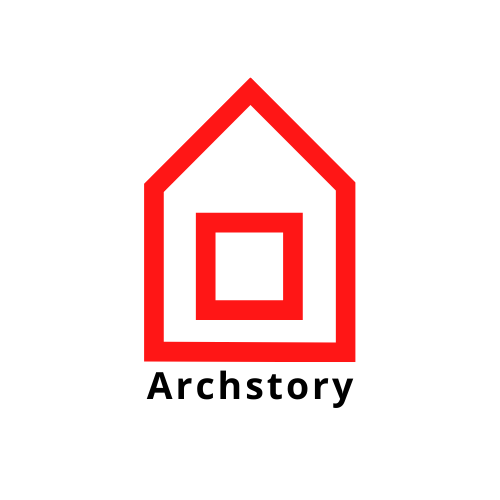
OMA-Eagle+West (Greenpoint Landing Block D )
그린포인트는 브루클린의 최북단 끝에 있다. D블록은 그린포인트의 기본그리드와 뉴타운에 수직으로 확장되는 보조 그리드가 만나는 지점에 있다. 이 사이트의 단점은 필요의 주택수를 수용할 만큼 면적이 작다는 것이였다. 작은 면적의 사이트의 두개의 타워를 계획했고 두 타워 사이의 거리가 40피트에 불과했다. 그래서 건축가는 60피트의 열린공간을 추가로 확보하기 위해서 타워를 전략적으로 확장 및 축소하여 각 구역 내에서 효율성이 최대인 구역을 만들 수 있었다.
타워의 계단식 형태와 파사드의 분절은 두 타워와 기존 이웃 사이의 필연적인 규모 대비를 중재한다. 계단은 타워를 이웃 건물의 규모를 반영하는 7~8층 블록으로 나눈다.
Greenpoint lies at the northernmost tip of Brooklyn where Newtown Creek meets the East River. The neighborhood—sometimes called “Little Poland”—has historically consisted of low-rise townhouses with industry at its waterfront edges. The industrial border, which included shipbuilding, rope-making, and more toxic activities such as petroleum refinement, cut the neighborhood off from the East River.
As part of a sweeping rezoning of both Greenpoint and Williamsburg in 2005, our site and blocks to the north and south were identified as an area for new residential density—introducing pairs of thirty- and forty-story towers to include market-rate and affordable housing (30 percent of units to be affordable). In exchange, this new development would open access to and along the East River. Our site sits at the conjunction of Greenpoint’s primary grid and a secondary grid that extends perpendicular to Newtown Creek. This hinge- point provides panoramic views of Manhattan, but also cuts the western end of the site, creating a trapezoidal outline and constraining the size of the block. Our challenge was to fit the desired amount of housing into a site and a neighborhood that both seemed too small to accommodate it.
The zoning allowed for a maximum floorplate of 11,000 square feet. We quickly found that this scale and required setbacks would result in only 40 feet of separation between our two towers—an uncomfortable proximity that undermined the potential of the site and would create a wall from the neighborhood. We began by reducing their footprints to allow for 60 feet of open space, more akin to the scale of a typical street. We could then strategically expand and contract the towers for zones of maximum efficiency within each.
The two towers simultaneously lean into and away from one another. The taller tower widens toward the east as it rises, maximizing views and creating a dramatic face to the neighborhood. The shorter tower, a fraternal twin, widens toward the ground to face a new waterfront park to the north. The two towers are shaped to create terraces and overhangs that emphatically link them together as if they were broken apart from a single block. A ziggurat and its inverse, the pair are distinct yet intimately connected by the void between them. The stepped forms of the towers and the articulation of their facades mediate the inevitable contrast in scale between the two towers and the existing neighborhood. The stepping divides the tower into seven- to eight- story blocks that echo the scale of the neighboring buildings. The facade reinforces this subdivision.
While The Avery’s glass curtain wall was rising in San Francisco, our proposal here sought to embrace solidity. Incorporating large 8-foot-by-8-foot windows into a grid of precast concrete maintains expansive views while making the complex negotiations between unit interiors and facade easier to accommodate. The solidity also creates a set of buildings that emerge more seamlessly from the neighborhood. Much like the shingled facades seen on Greenpoint’s townhouses, the precast panels are carved by a series of angled planes. The shingling of each “block” of the tower alternates in orientation to emphasize the finer scale of the towers’ mass—a dynamic relief that reacts to the movement of the sun.
Waterfront towers typically try to both maximize the views to the water and establish a distinct, even iconic frontage within the skyline. Too often that means turning away from the neighborhood, creating a “back” side and disengaging the tower from its context. Here, a set of cantilevers—extending the building 48 feet from its base—faces east toward Greenpoint and presents our most dramatic facade to the neighborhood.
Echoing Greenpoint’s pastoral origins as a neighborhood of family farms, two levels of green space open to the waterfront. Terraces are framed by a collection of common spaces. Above them, the towers are linked by an amenity bridge looking over the Manhattan skyline. Altogether, Greenpoint Landing aims to be a platform for living: connecting past and future, indoor and outdoor, urban streetscape and waterfront.
Photography by Jason O`Rear, Floto+Warner












from archdaily
'House' 카테고리의 다른 글
| -돌출된 창을 가진 주택 [ Takaaki Fuji + Yuko Fuji Architecture ] Bay Window Tower House (0) | 2022.12.14 |
|---|---|
| -아이콘 빌딩 [ BIG ] IQON Building (0) | 2022.12.11 |
| -2505 브로드웨이 아파트먼트 [ ODA New York ] 2505 Broadway Apartments (0) | 2022.12.04 |
| -곡물창고의 재해석으로 만들어진 주택 [ Marta Brandão + Mimahousing ] Granary House in Arouca (1) | 2022.12.02 |
| -파빌리온 브렉스타드 [ ASAS arkitektur ] Pavilion Brekstad (0) | 2022.11.30 |
